Following her amazing work in Vietnam (read more here), Dr. Ulrike Streicher continued her journey in Cambodia. Along with her work at the University of Oregon, Dr. Streicher is also currently volunteering her time as the veterinarian for the Cascades Raptor Center in Eugene, Oregon. Originally from Germany, Dr. Streicher not only holds a DVM from Freie Universität Berlin, she also accomplished a PhD from Ludwig-Maximilians Universität München. Her dissertation was on the ecology and conservation of the pygmy slow loris (Nycticebus pygmaeus) in Vietnam. She is a member of the European Association of Zoo and Wildlife Veterinarians, the IUCN SSC Reintroduction Specialist Group as well as the Primate Specialist Group. Learn about her experience in Cambodia below.

While I had only intended to spend one year in Vietnam, it had become eight. The Endangered Primate Rescue Center had grown into the region’s leading primate rescue facility, and steps for a reintroduction programme for the first captive bred primates were on the way. However, being the sole veterinarian working in this field in the area, I felt isolated, missed colleagues, and felt the work I was doing was minimal. When there were no new animals arriving, there was often little for a veterinarian to do. Money was always tight and not enough veterinary work to really justify investing in the expansion of the veterinary side. So, when I heard that the much larger Phnom Tamao Rescue Center in Cambodia was looking for an international veterinarian, I bid my forest home in Vietnam farewell.
The Phnom Tamao Rescue Center is located about 30 miles outside Phnom Penh. Originally just the country’s national zoo, the facility also started to take on the role as Cambodia’s main wildlife rescue center. In Cambodia, an NGO called Wildlife Alliance runs a very effective programme to combat illegal wildlife trade. Instead of setting up its own facility, this organization supports the existing national facility with staff and finances so it can act as a rescue center as well. As a result, Phnom Tamao is home to one of the most comprehensive collection of Indochinese animals.

When I joined the Wildlife Alliance team in 2006, this rescue center was extremely busy. It kept about 1,200 animals, from birds to reptiles to all possible mammals, amongst them over 100 Malayan sun bears and Asian black bears due to the cooperation with the NGO Free the Bears. One day, the center would receive 50 hill mynah hatchlings, the next day a sun bear cub, then a tiny elephant with a missing foot or a huge python. Here I was not the only veterinarian but working with a Cambodian colleague. We had a small, reasonably equipped clinic and a quarantine area, fenced off from the rest of the center, which comprised about 20 smaller cages, basins and ponds. Everything had to be flexible to be able to hold maybe a small carnivore this week, perhaps some pigeons or a primate the next. Thanks to nearby Thailand, the necessary veterinary drugs were easily available and we were able to get our laboratory work done at the Institute Pasteur. I was good with the blow dart, but I also learned to appreciate skillful manual handling of wild animals, as anaesthetics were expensive. The dedicated international animal husbandry team working there had done a great job training their Cambodian colleagues, and I had a team, which could capture almost anything without injury to people or animals. The work was fascinating and the days were long, hot, hard and exciting.
Unfortunately, Wildlife Alliance had a fall out with the Cambodian government about financial issues and after I had been there for only one and a half years, the project was suspended and its continuation was unclear. During this time I was offered a wildlife rescue position in Laos and as the future of my position in Cambodia was insecure, I accepted the offer. Wildlife Alliance came to an agreement with the Cambodian government several months later and their valuable work to combat illegal wildlife trade and rescue illegally traded wildlife continues until today without further problems.
Watch out for more to come from Dr. Streicher and her incredible wildlife rescue work in Southeast Asia!

Leave a Reply
You must be logged in to post a comment.